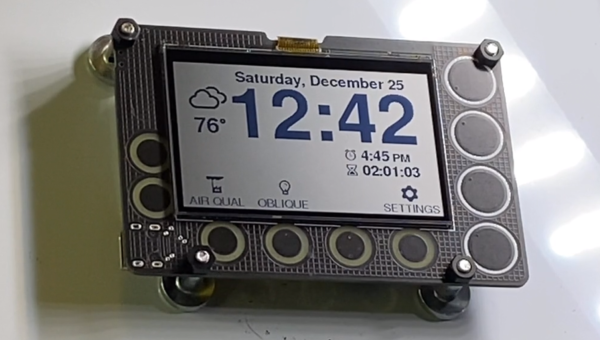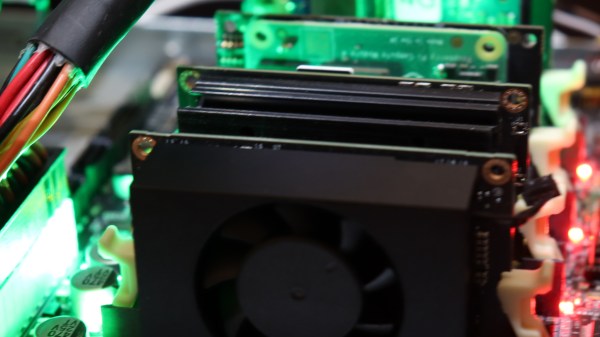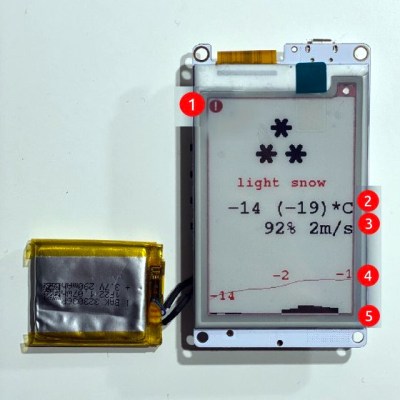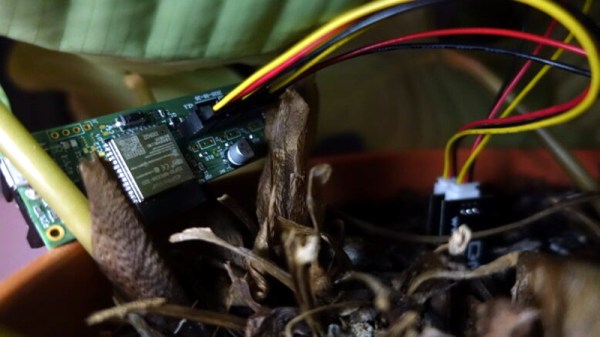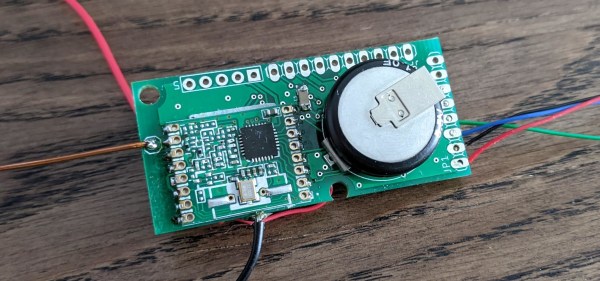[Phambili Tech] creates a battery powered mountable display, called “the Newt”, that can be used to display information about the time, calendar, weather or a host of other customizable items.
The Newt tries to strike a balance between providing long operating periods while still maintaining high refresh rates and having extensive features. Many of the battery powered devices of this sort use E-Ink displays which offer long operating windows but poor refresh rates. The Newt uses an LCD screen that, while not being as low power as an E-Ink display, offers extended battery operation while still being daylight readable and providing high refresh rates.
The display itself is a 2.7 inch 240×400 SHARP “Memory In Pixel” LCD that provides the peppy display at low power. The Newt is WiFi capable through its ESP32-S2-WROVER module with a RV-3028-C7 Real Time Clock, a buzzer for sound feedback and capacitive touch sensors for input and interaction. A 1.85Wh LiPo battery (3.7V, 500mAh) is claimed to last for 1-2 months, with the possibility of using a larger battery for longer life.

